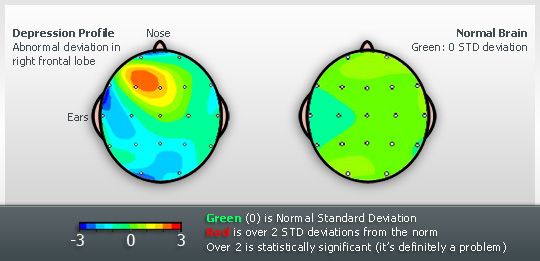Biofeedback is a technique that teaches individuals how to control specific bodily functions by utilizing signals from their own bodies. This approach involves employing sensors that track physiological responses such as heart rate, muscle tension, and skin temperature. By offering real-time feedback, individuals can learn to recognize their body's responses to pain and stress. This awareness allows them to formulate strategies to handle their pain more effectively. For example, if a patient notices that their muscle tension increases when they are in pain, they can utilize relaxation techniques to help reduce that tension.

One of the key advantages of biofeedback is that it enables patients to take an proactive role in their pain management. Instead of depending solely on medications or treatments from healthcare providers, individuals can learn to understand and regulate their own physiology. This feeling of control can lead to enhanced confidence and a more optimistic outlook on life. Many individuals indicate feeling more in charge of their pain and less like sufferers of their condition. This change in perspective can substantially improve their standard of life.
Studies has demonstrated that biofeedback can be beneficial in alleviating chronic pain indicators. Research indicate that patients who employ biofeedback techniques often experience less pain and improved physical ability. Additionally, biofeedback brain mapping for cognitive assessment can help reduce anxiety and stress, which are common issues for those living with chronic pain. By addressing both the physical and emotional aspects of pain, biofeedback offers a holistic approach to pain management. This comprehensive method can lead to better outcomes for patients, allowing them to participate more fully in their daily activities.
In conclusion, biofeedback is a significant tool for revolutionizing chronic pain control. By teaching individuals to understand and control their physiological responses, biofeedback empowers individuals to take control of their pain. This method not only helps alleviate pain but also improves overall quality of life. As more people look for options to traditional pain control methods, biofeedback emerges as a promising option. With continued research and awareness, biofeedback could become an integral part of chronic pain therapy, helping patients lead more fulfilling, more satisfying lives.